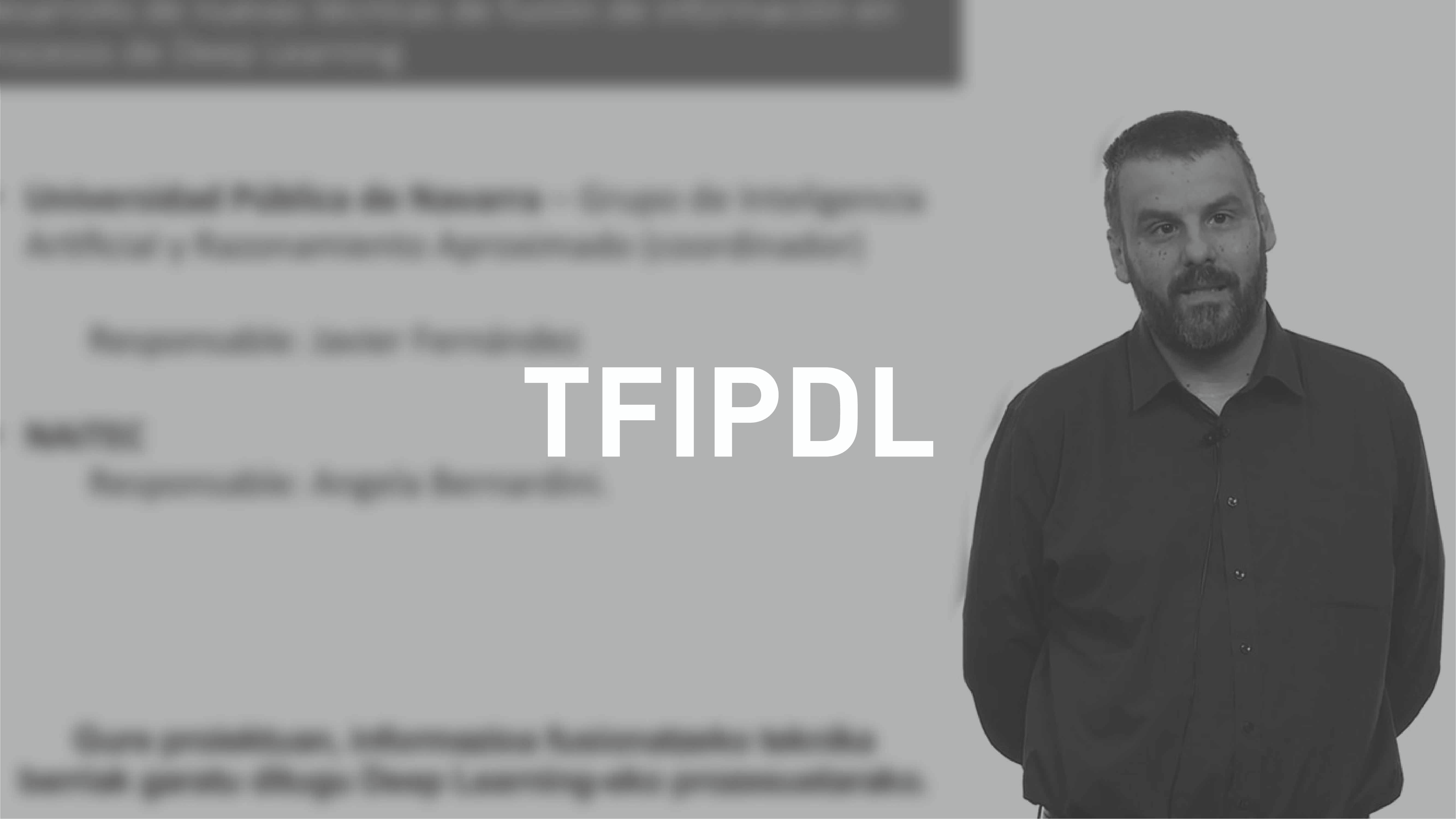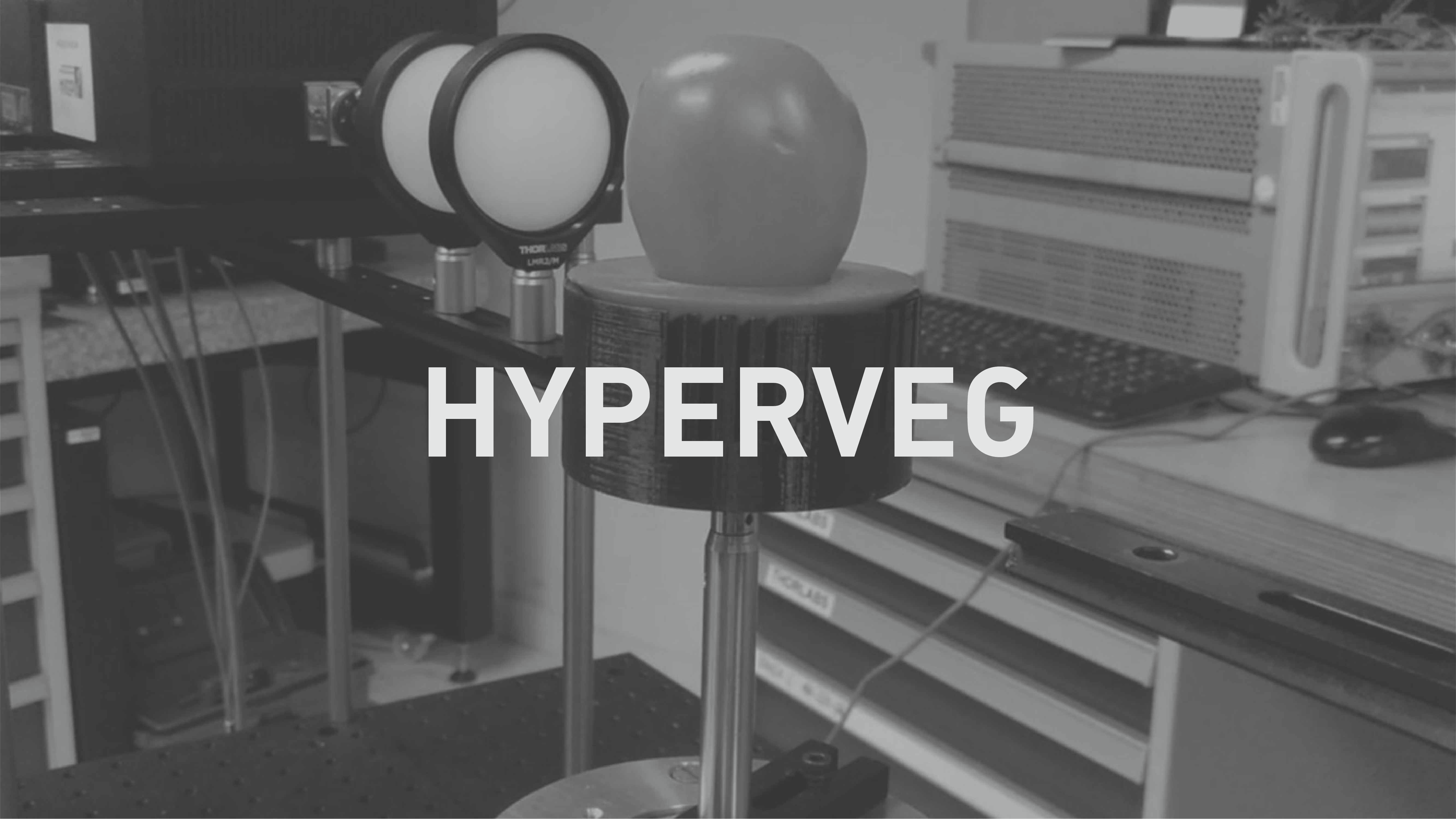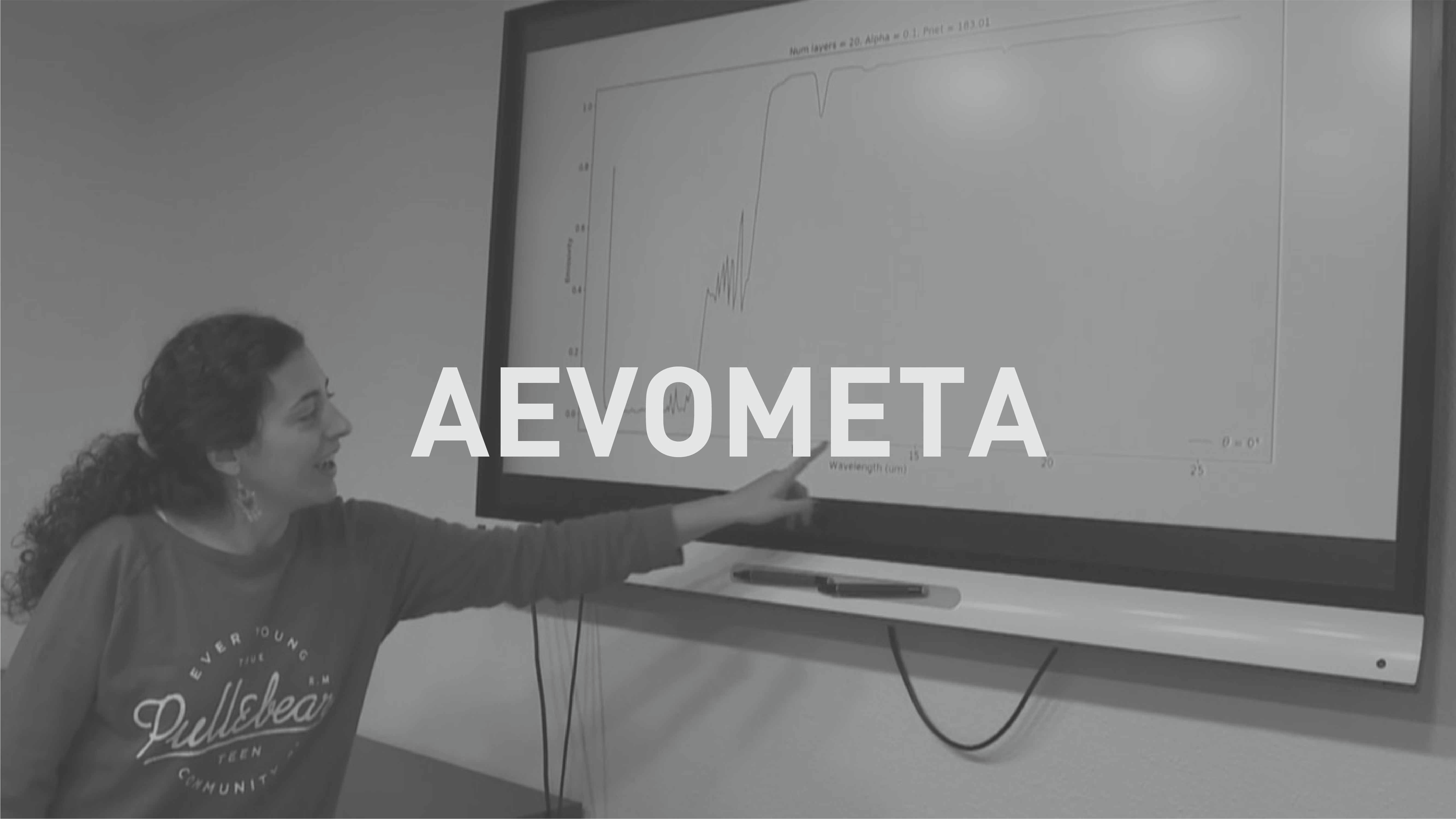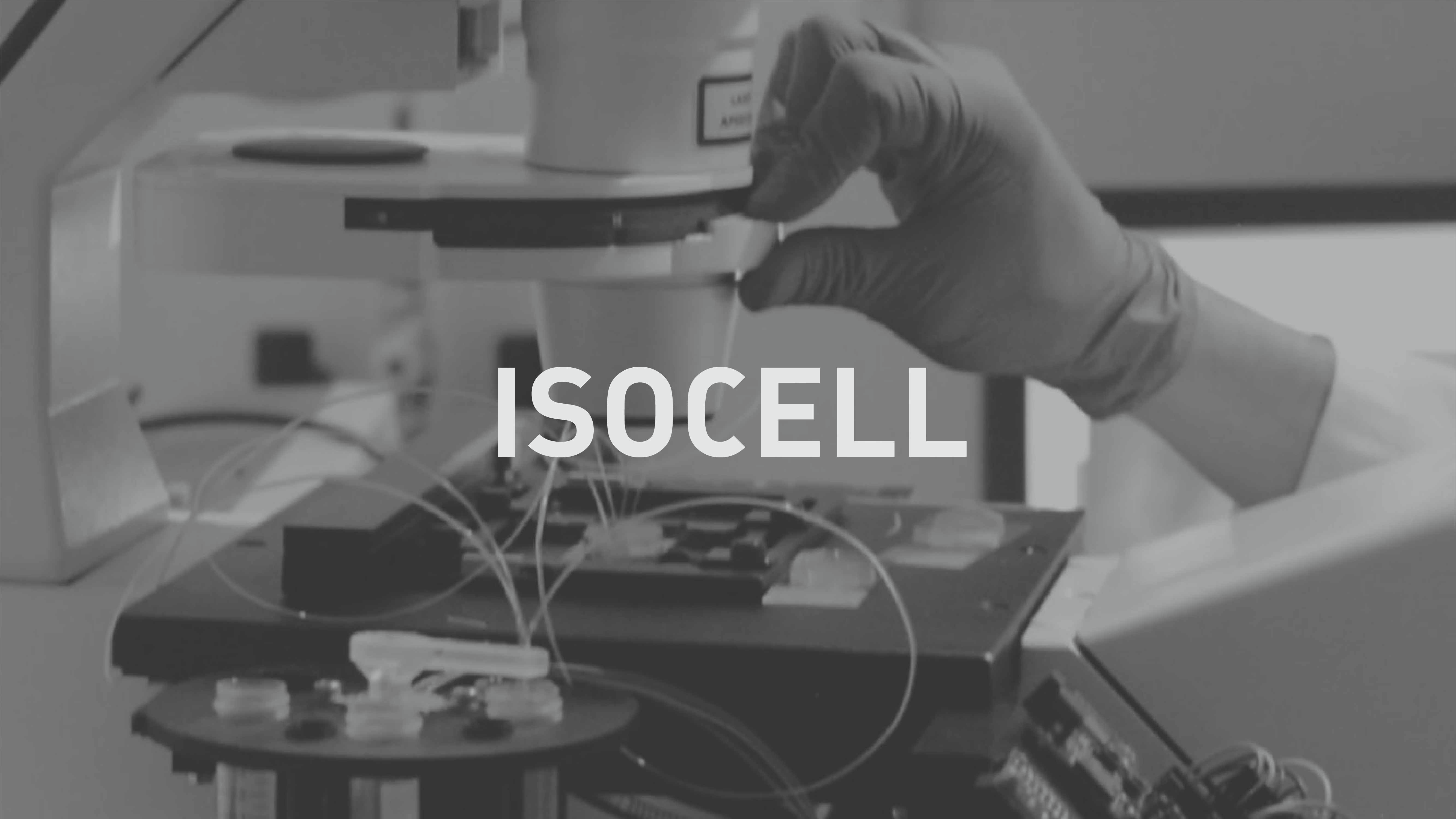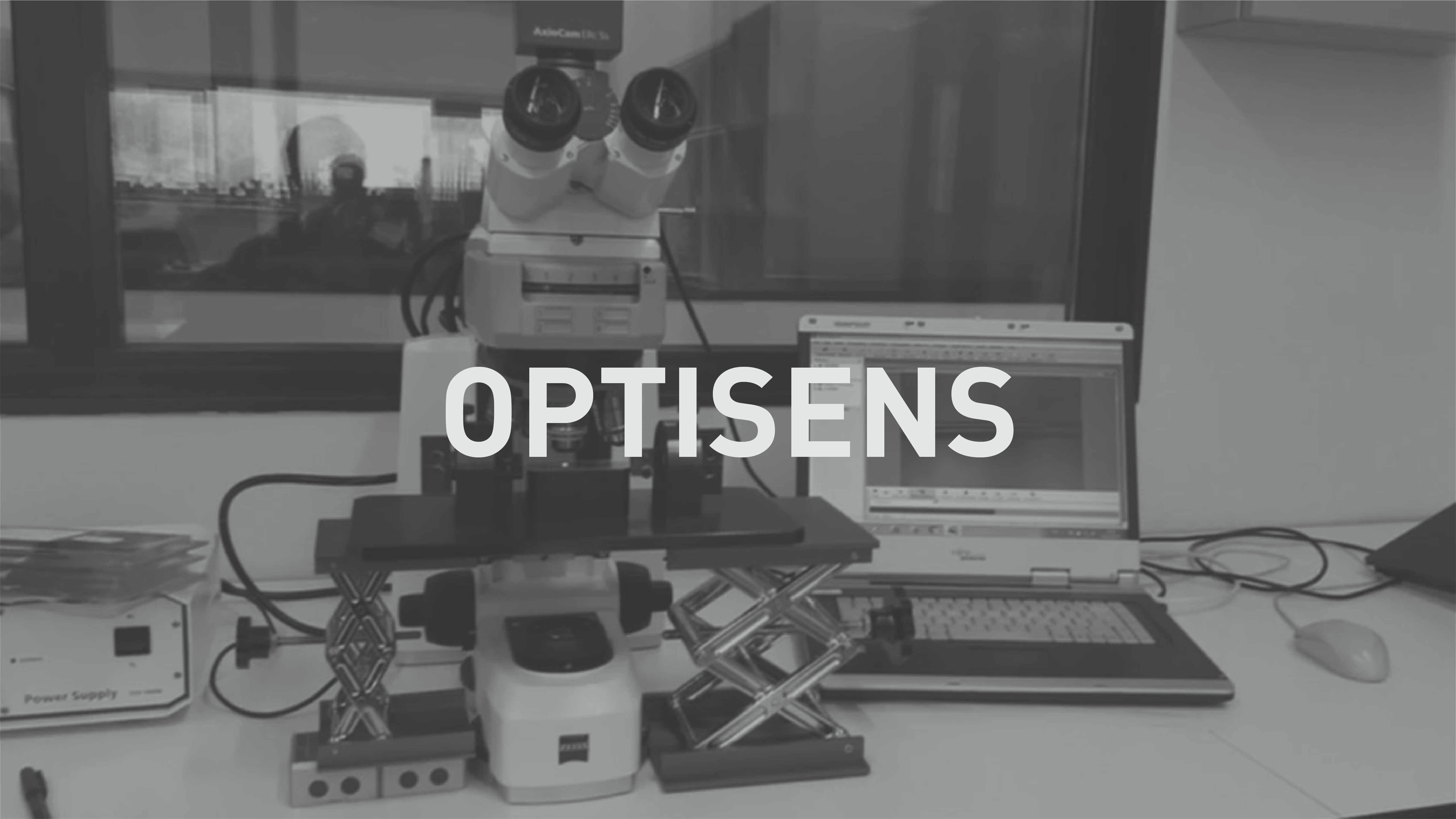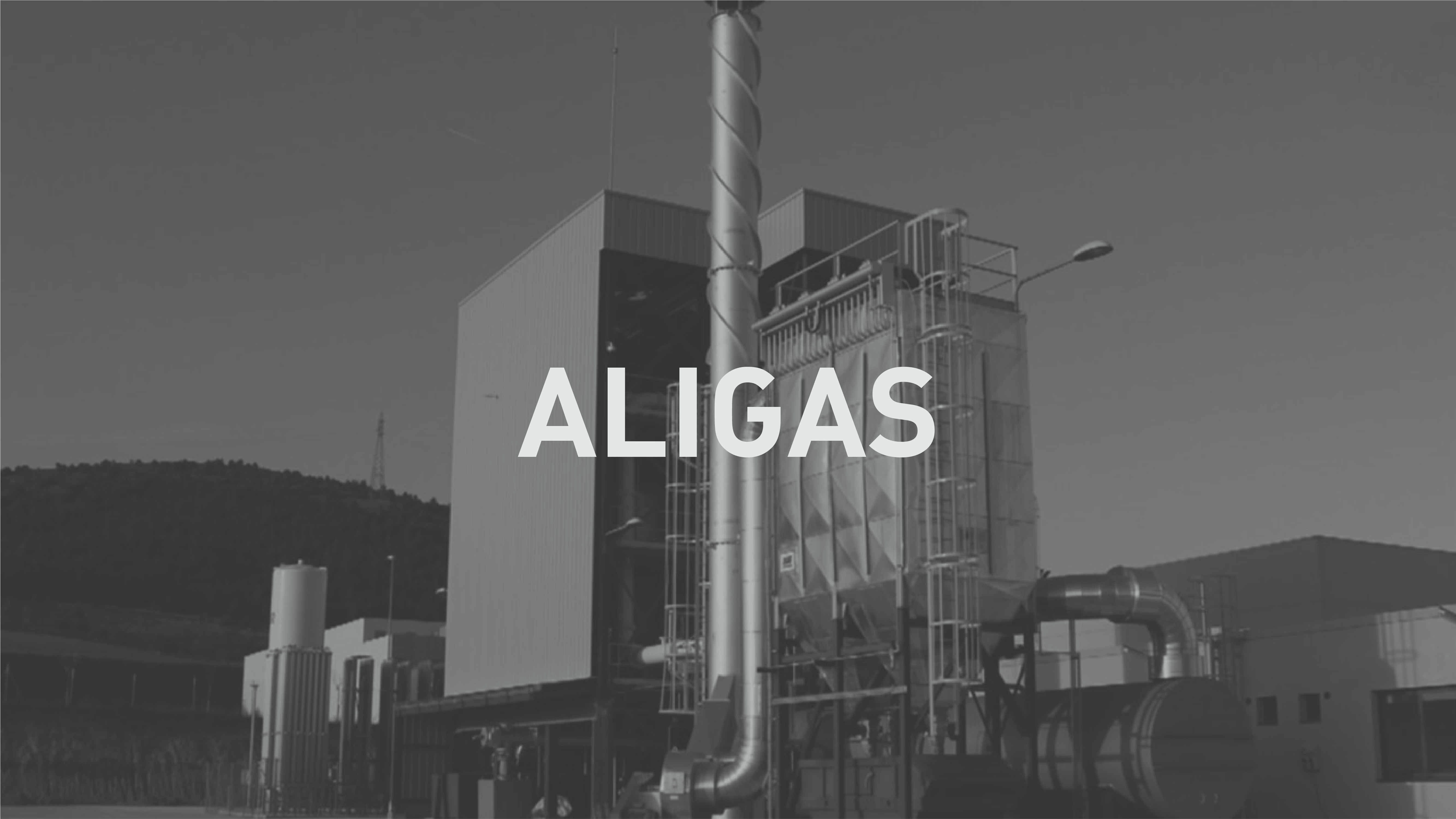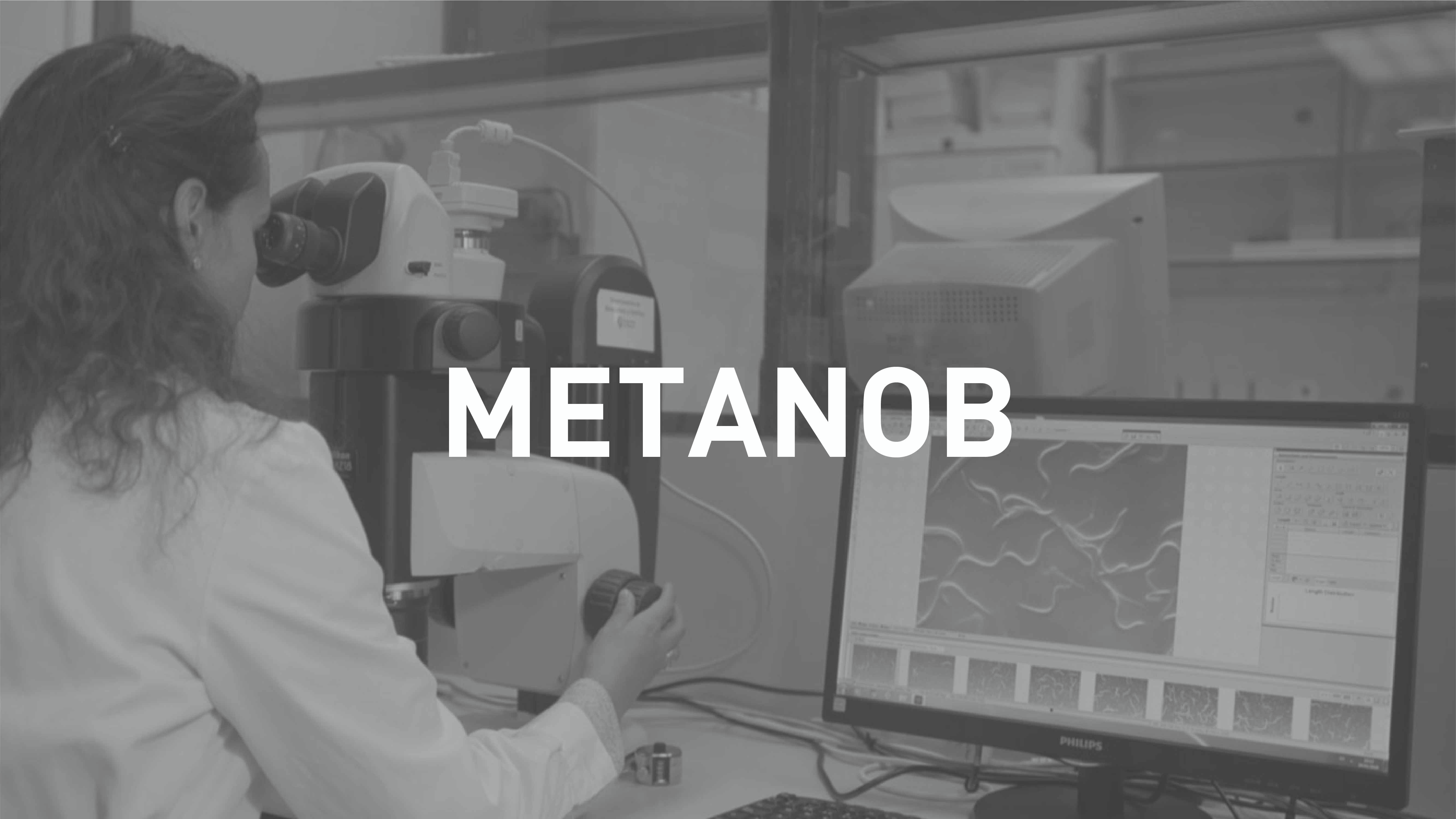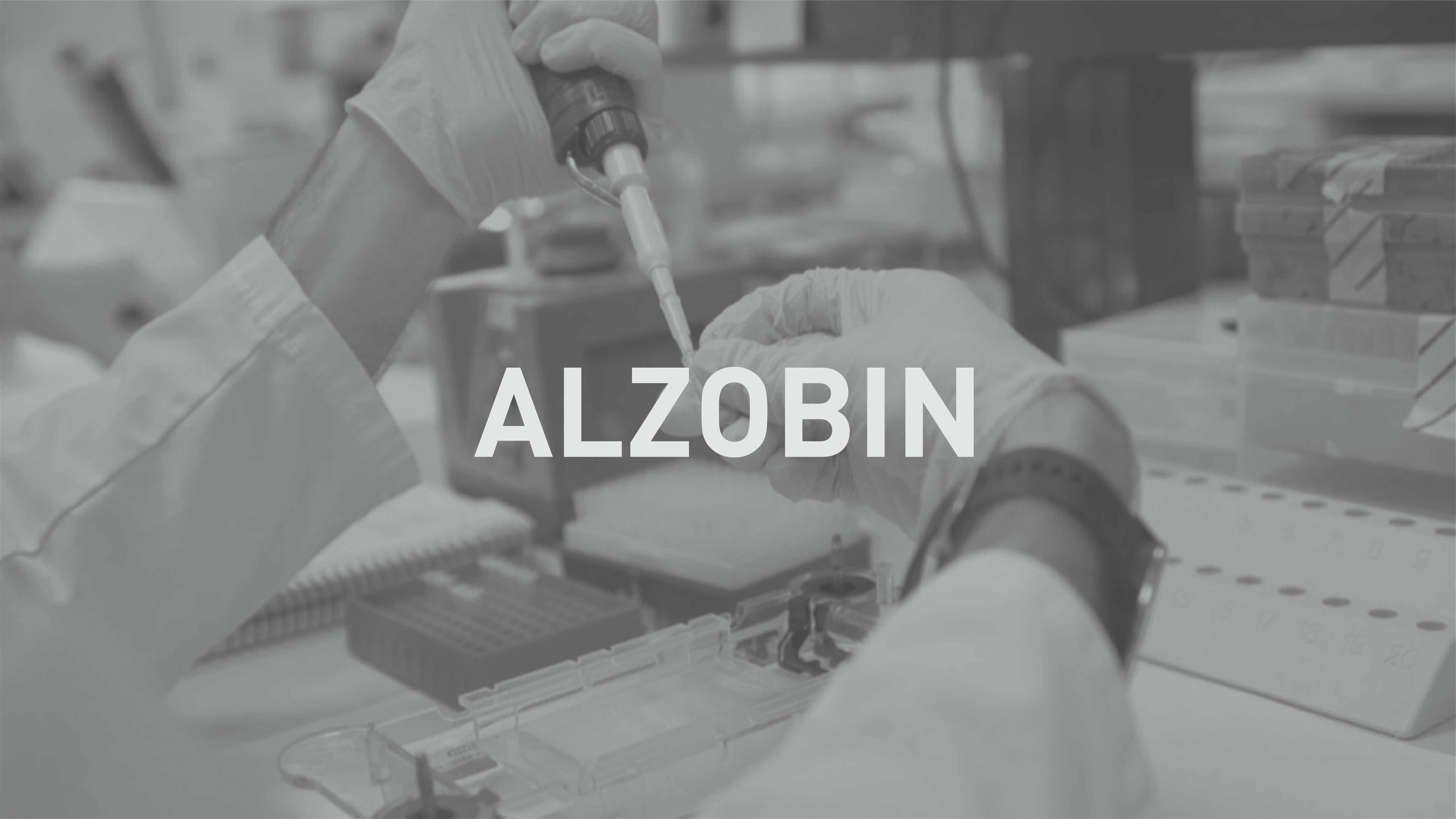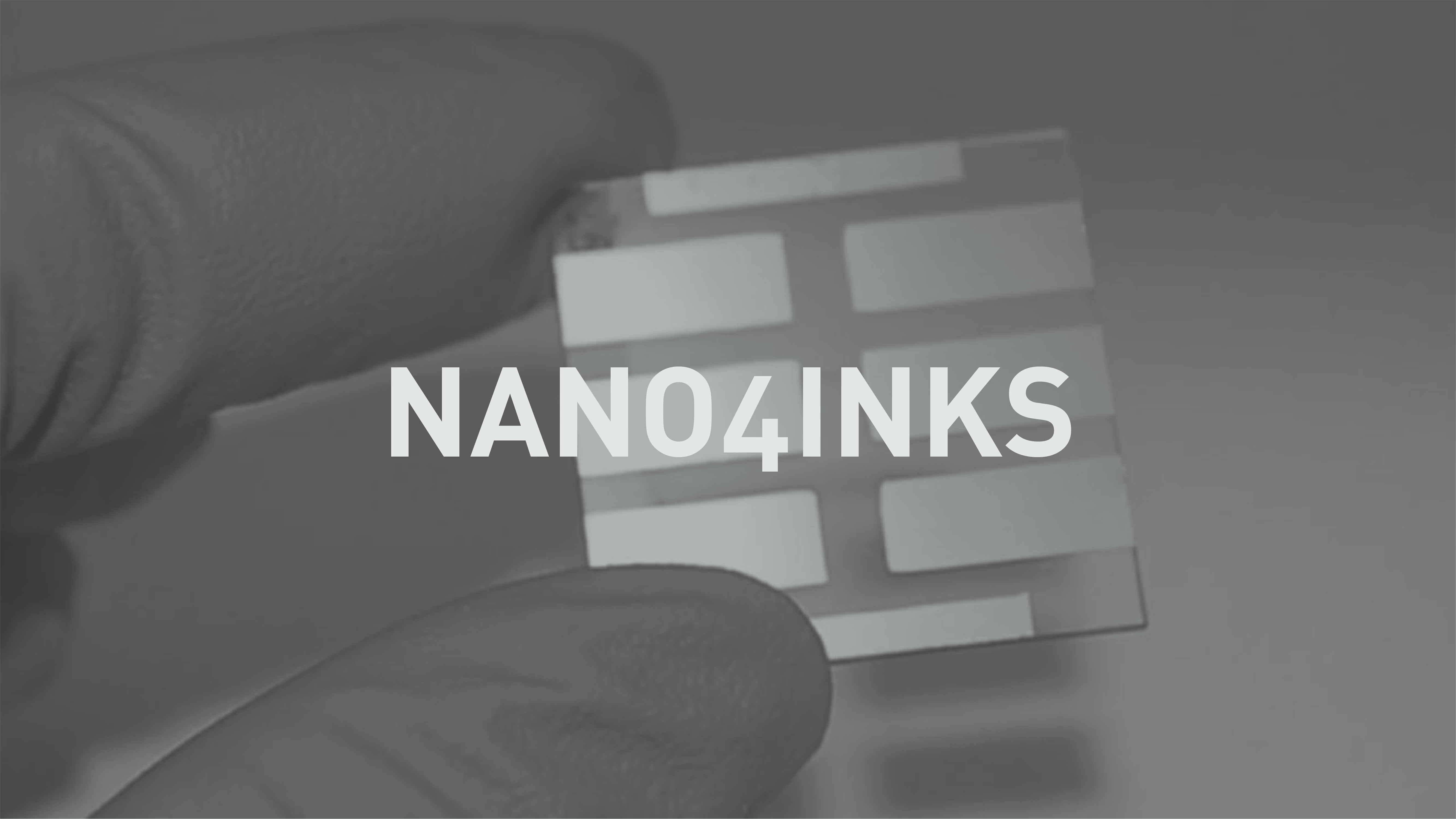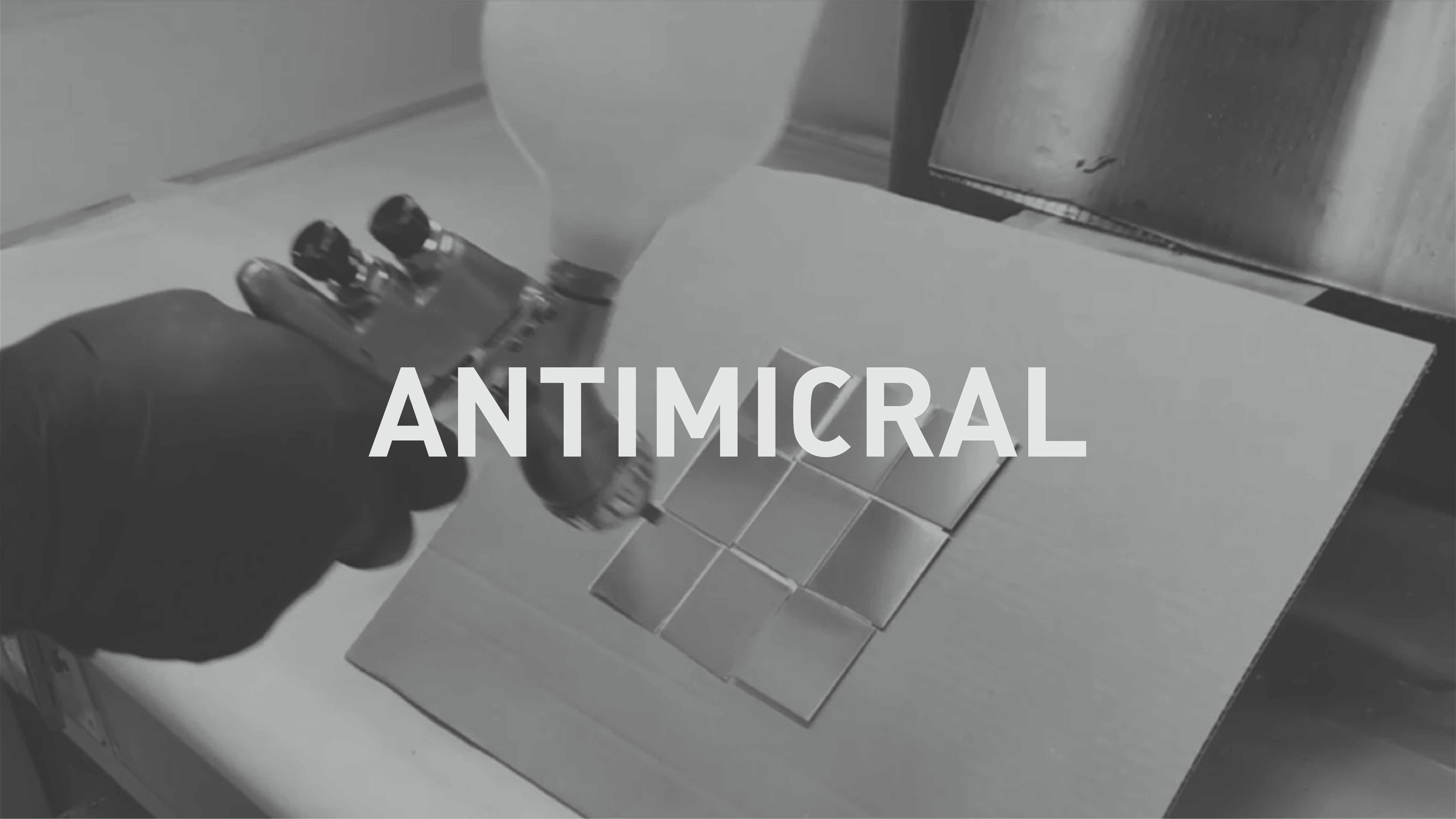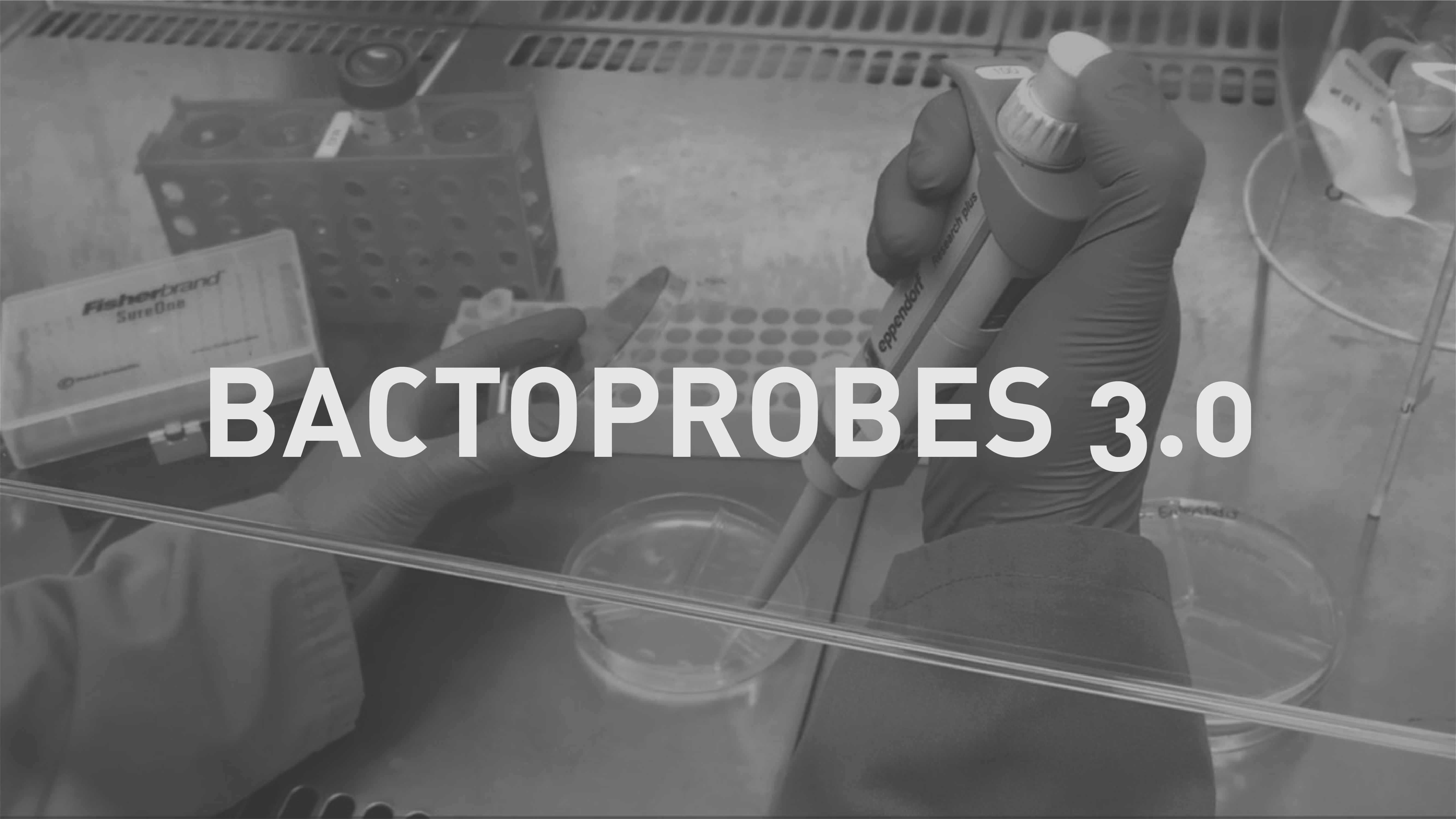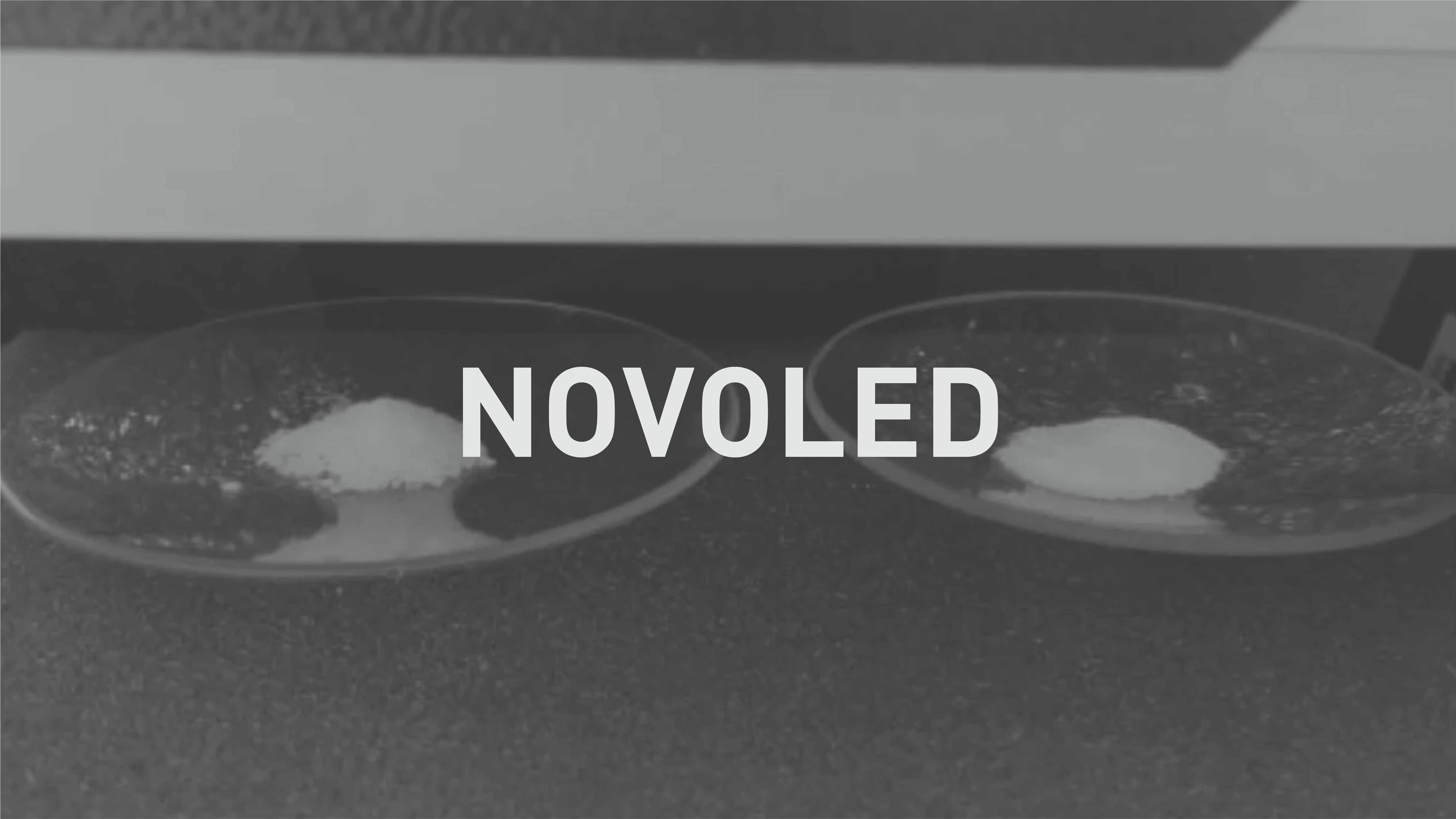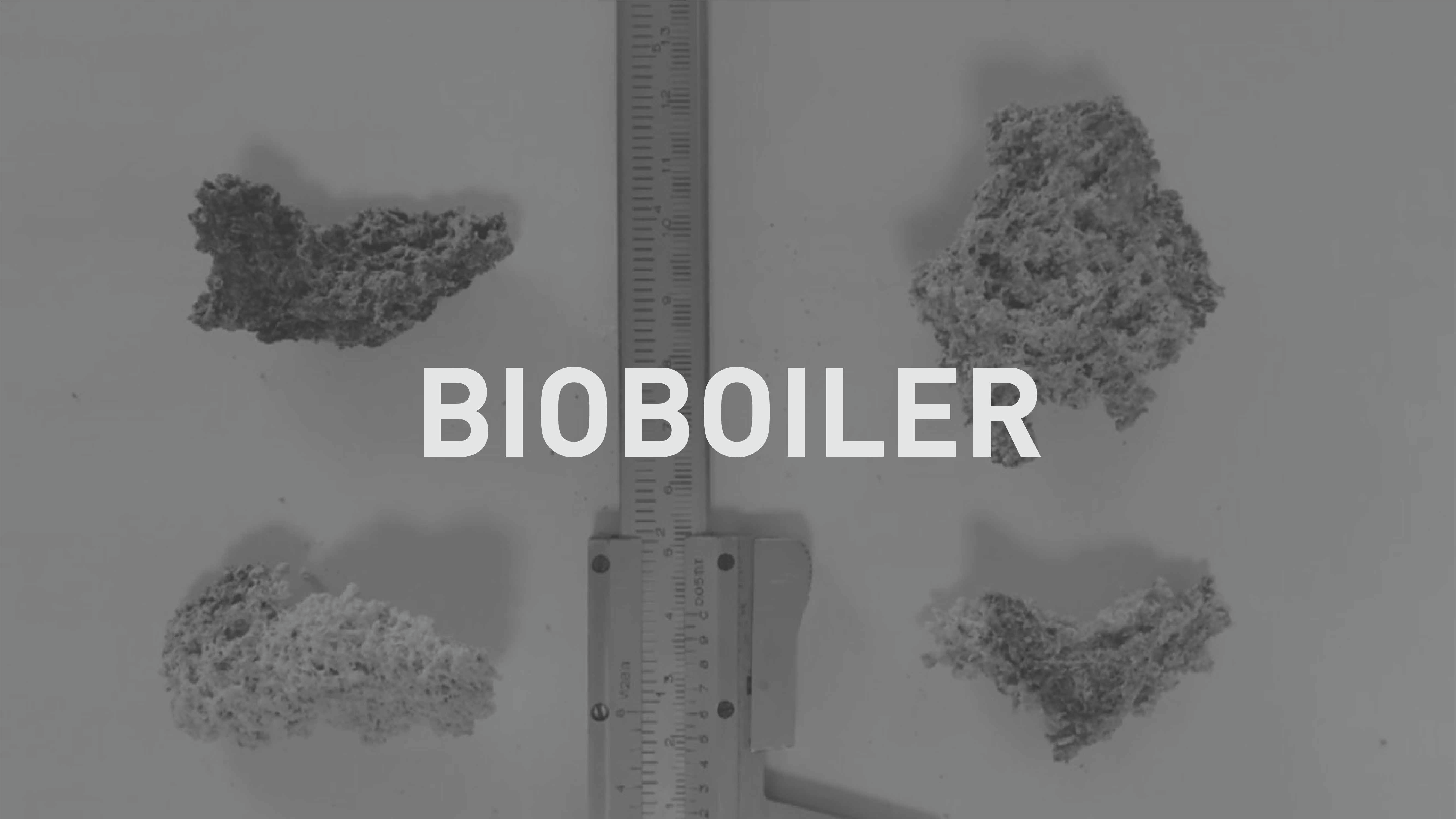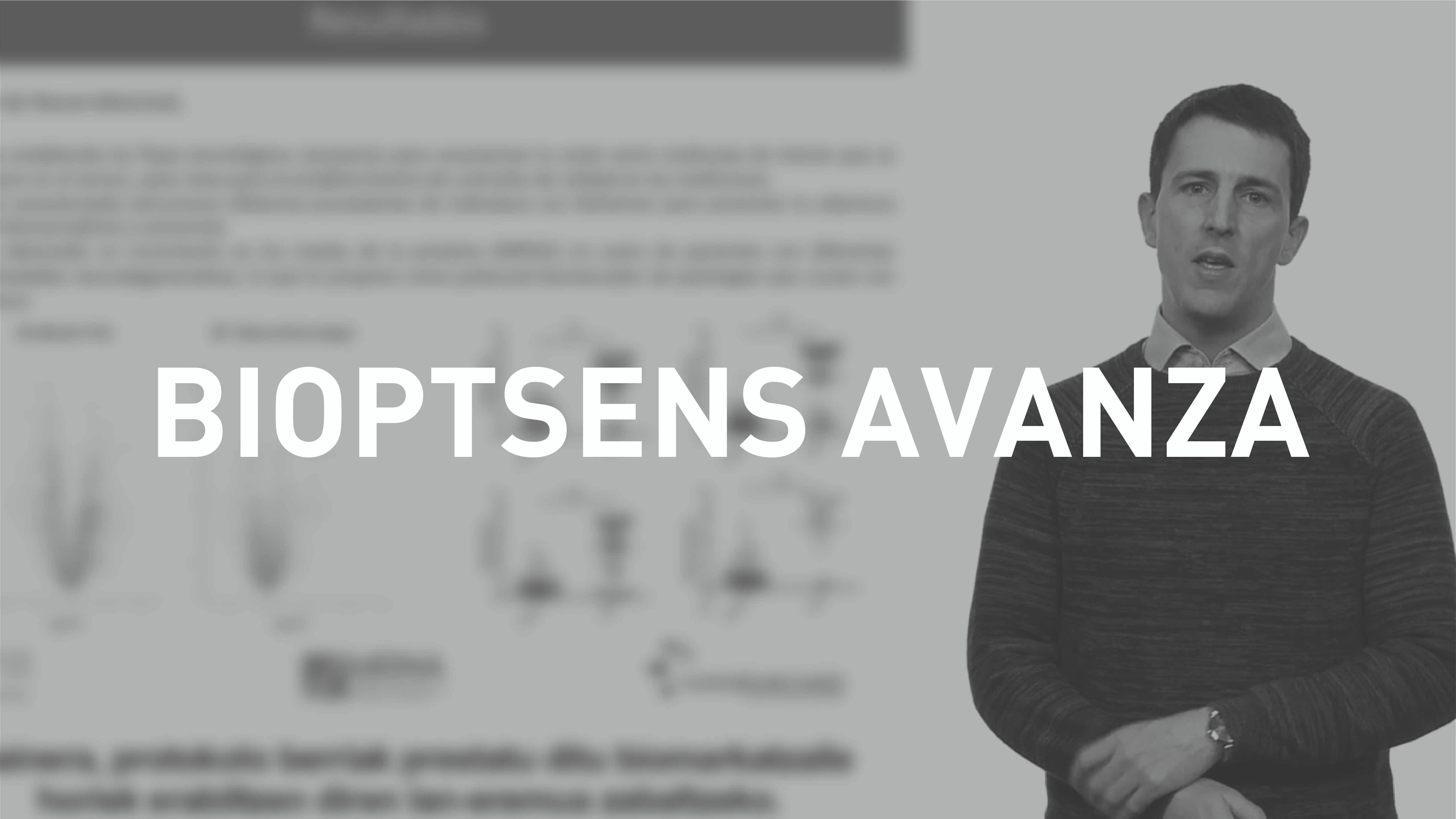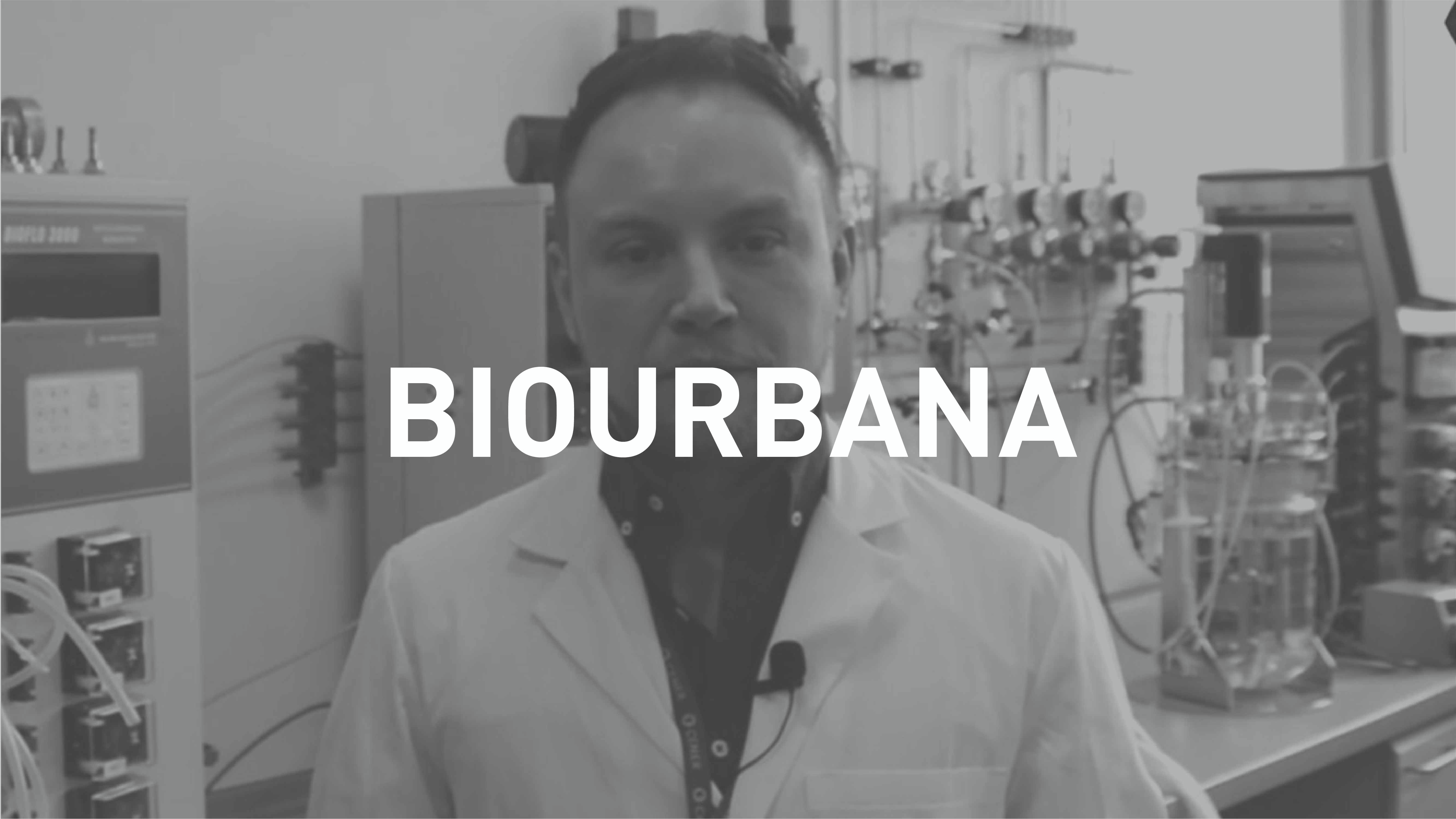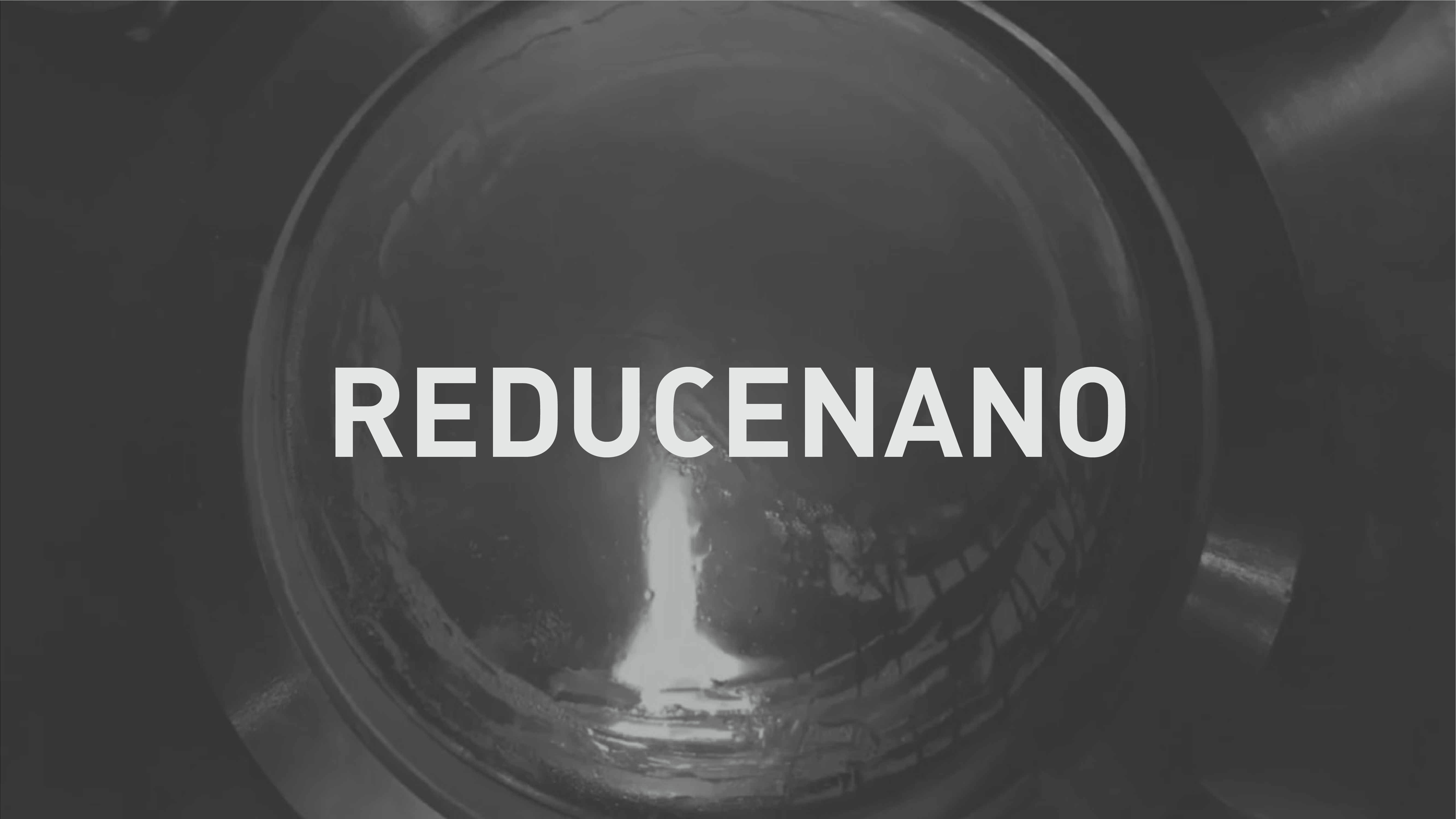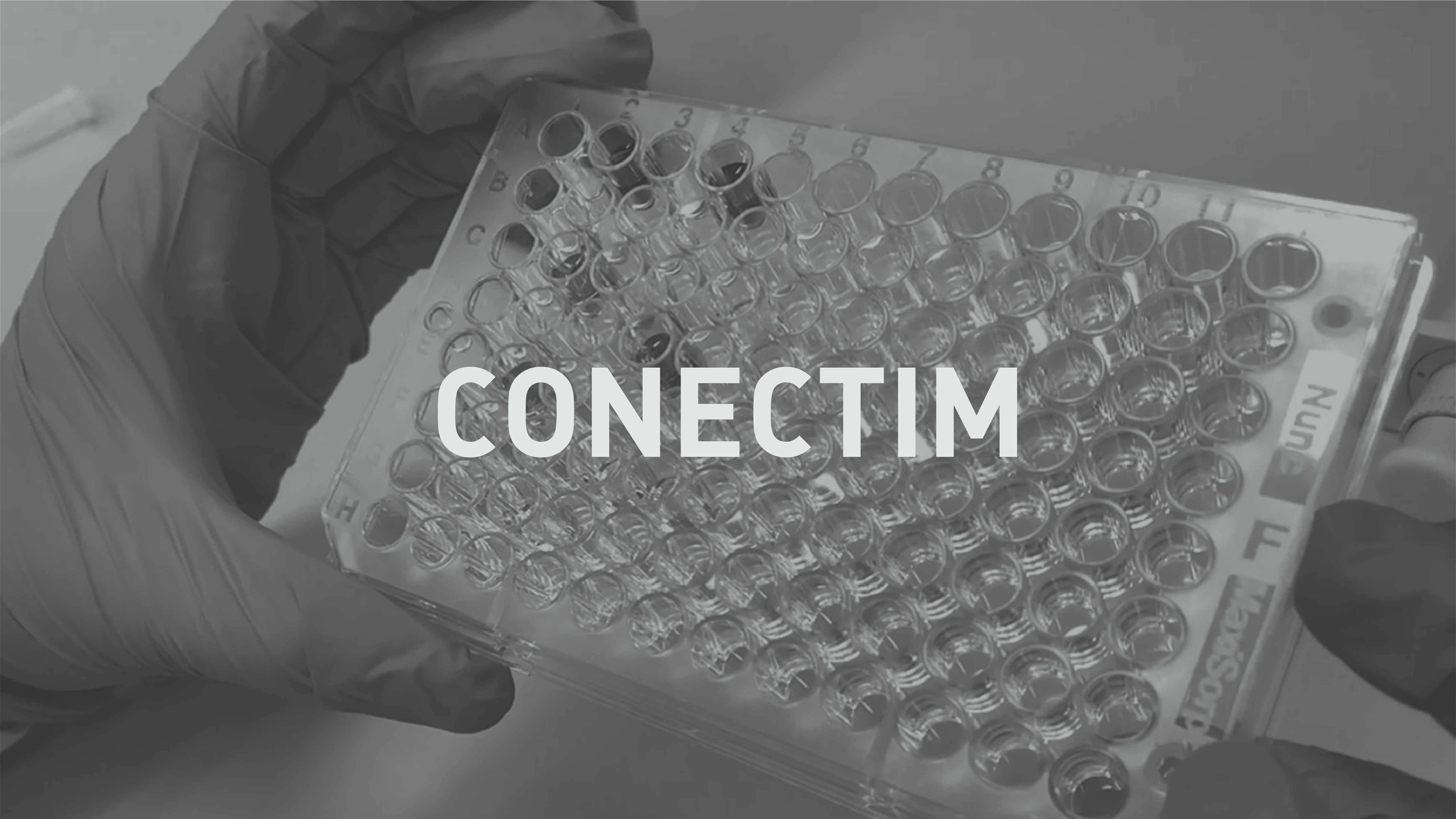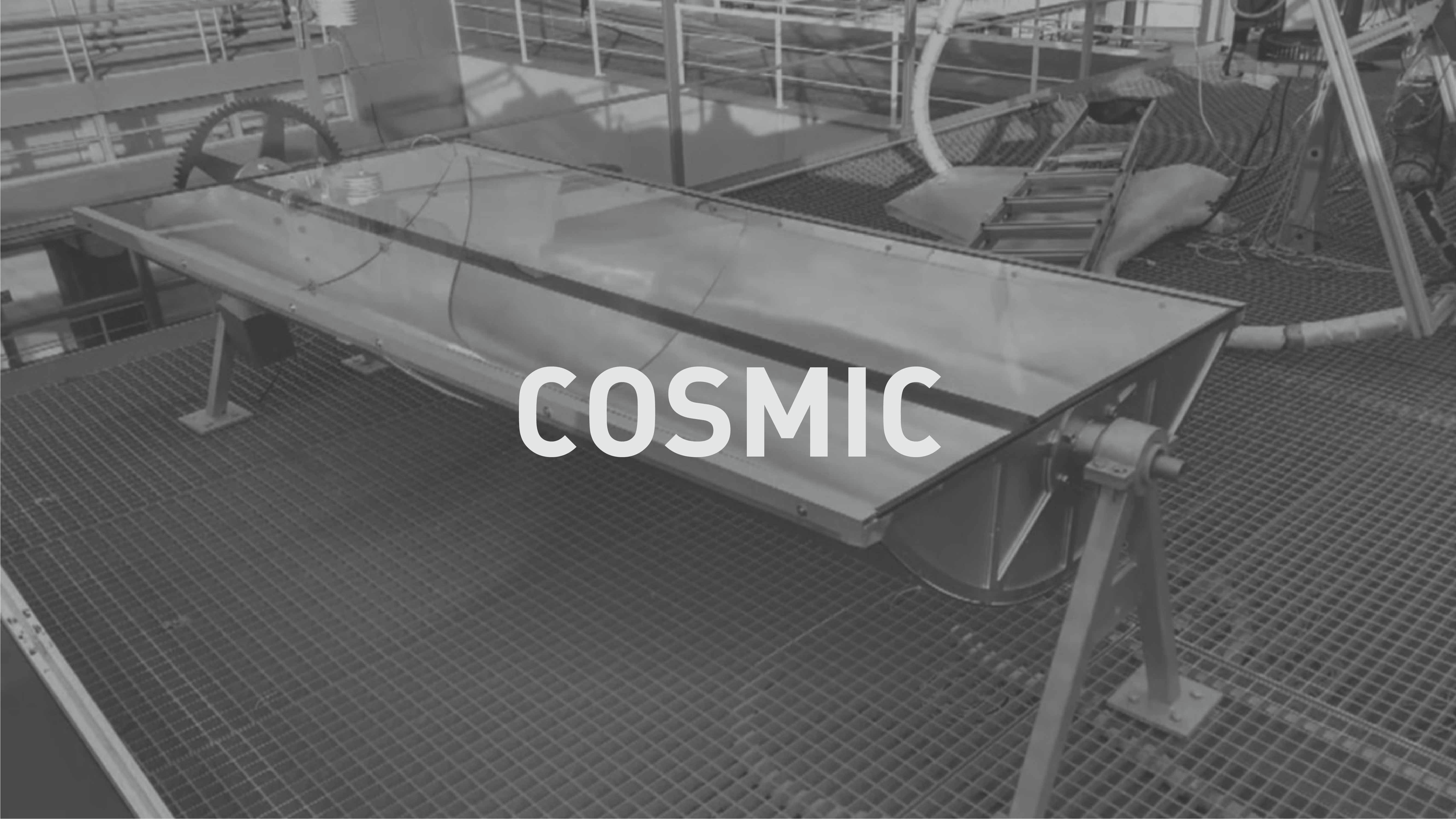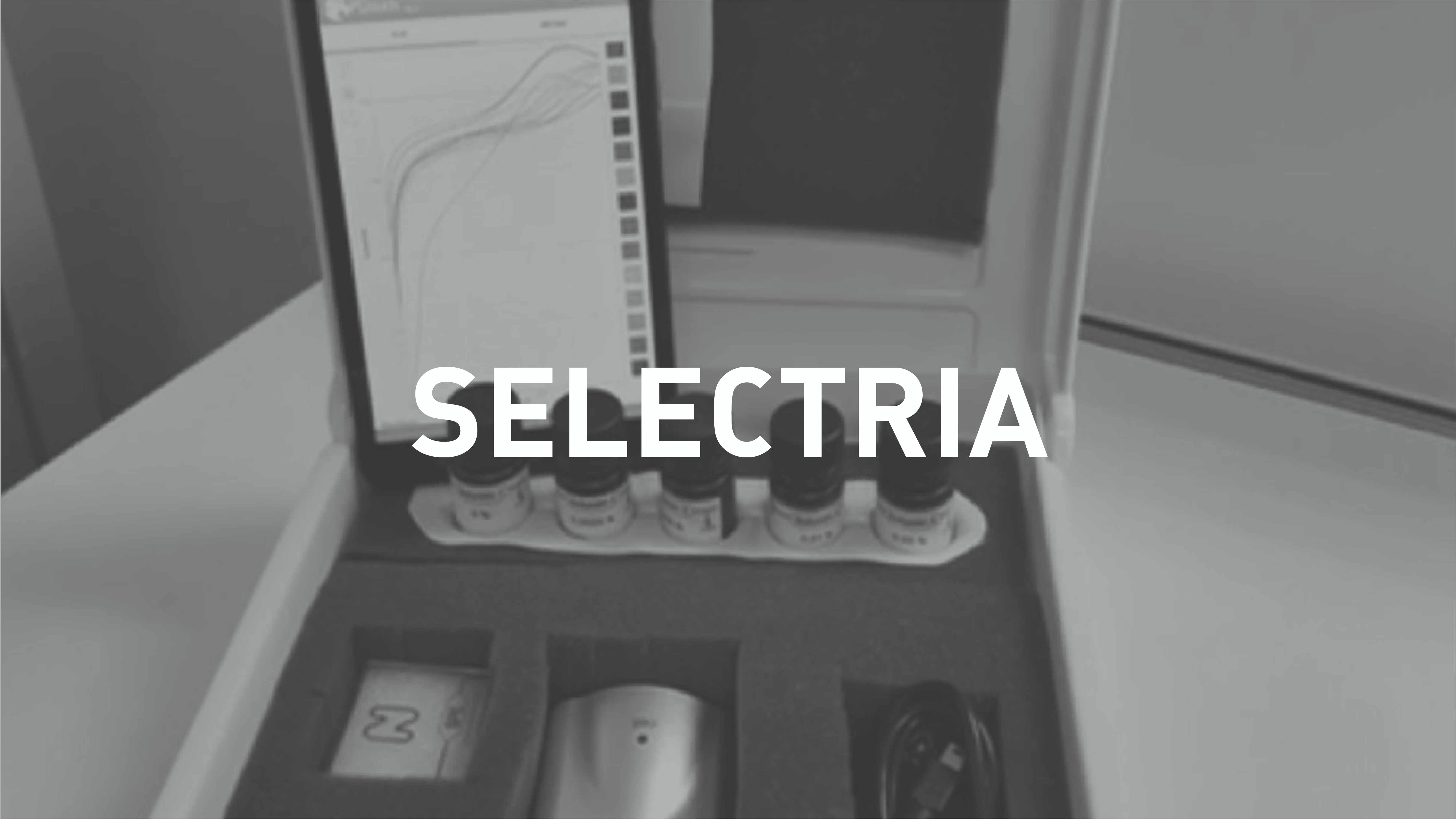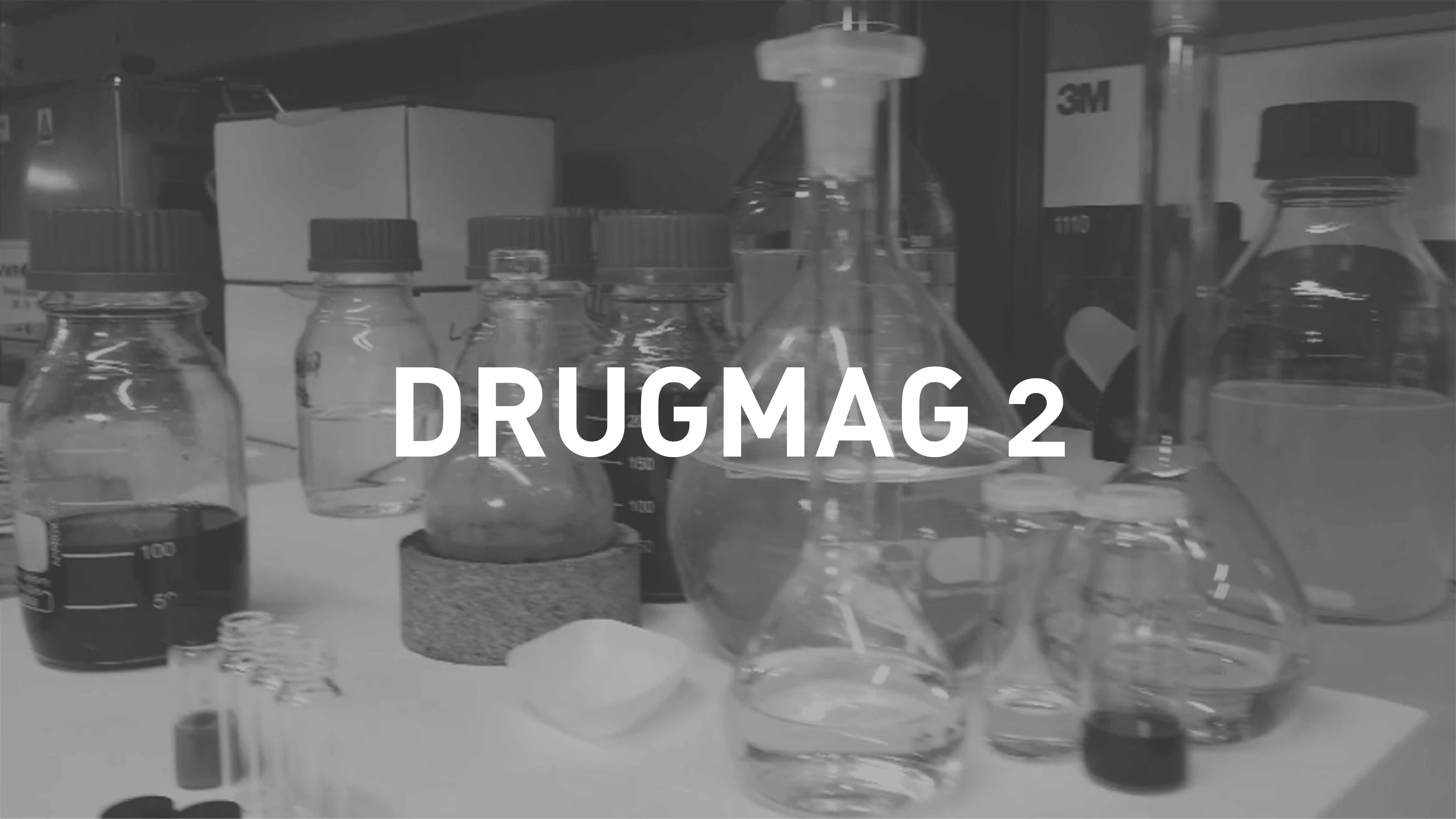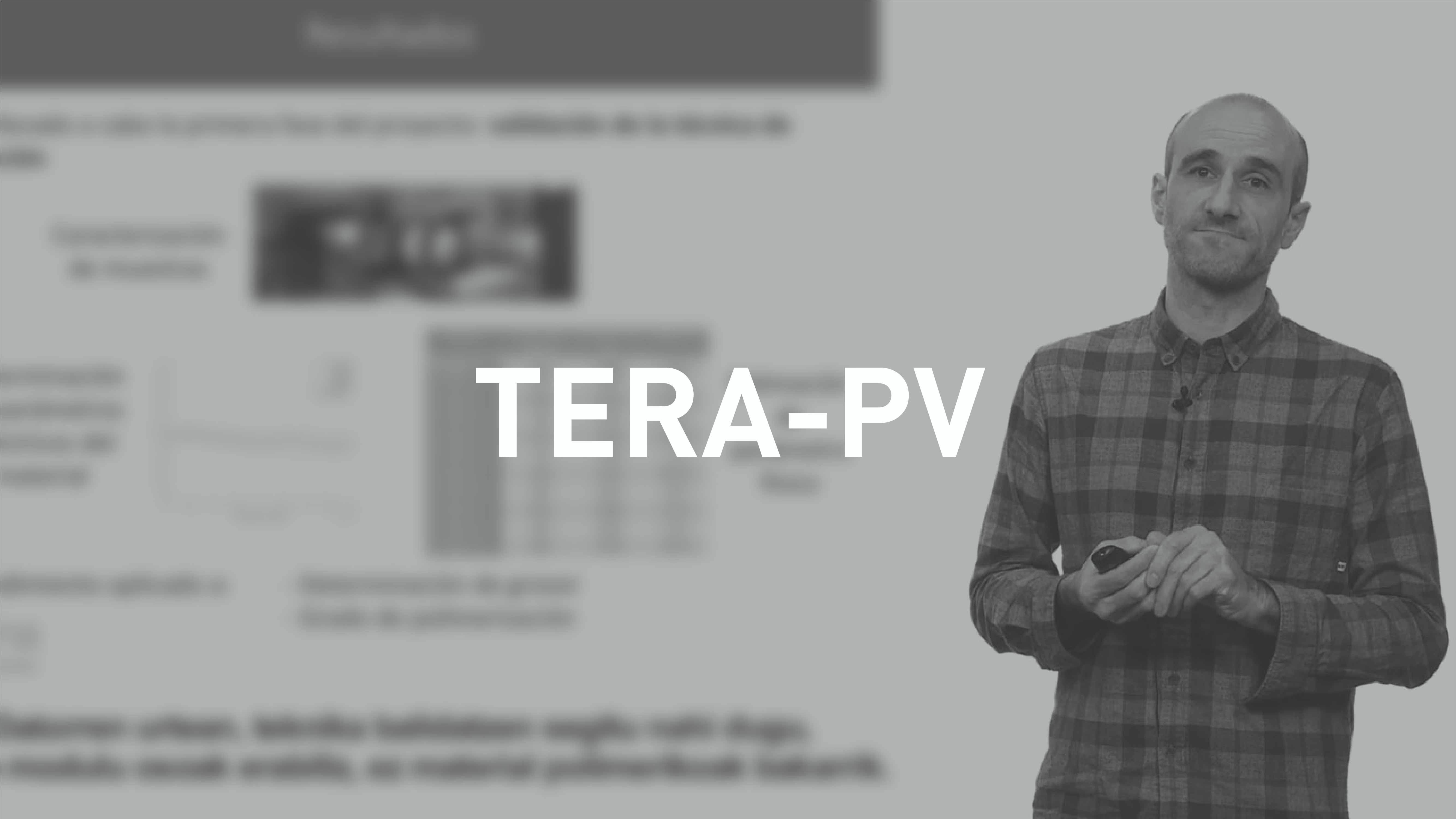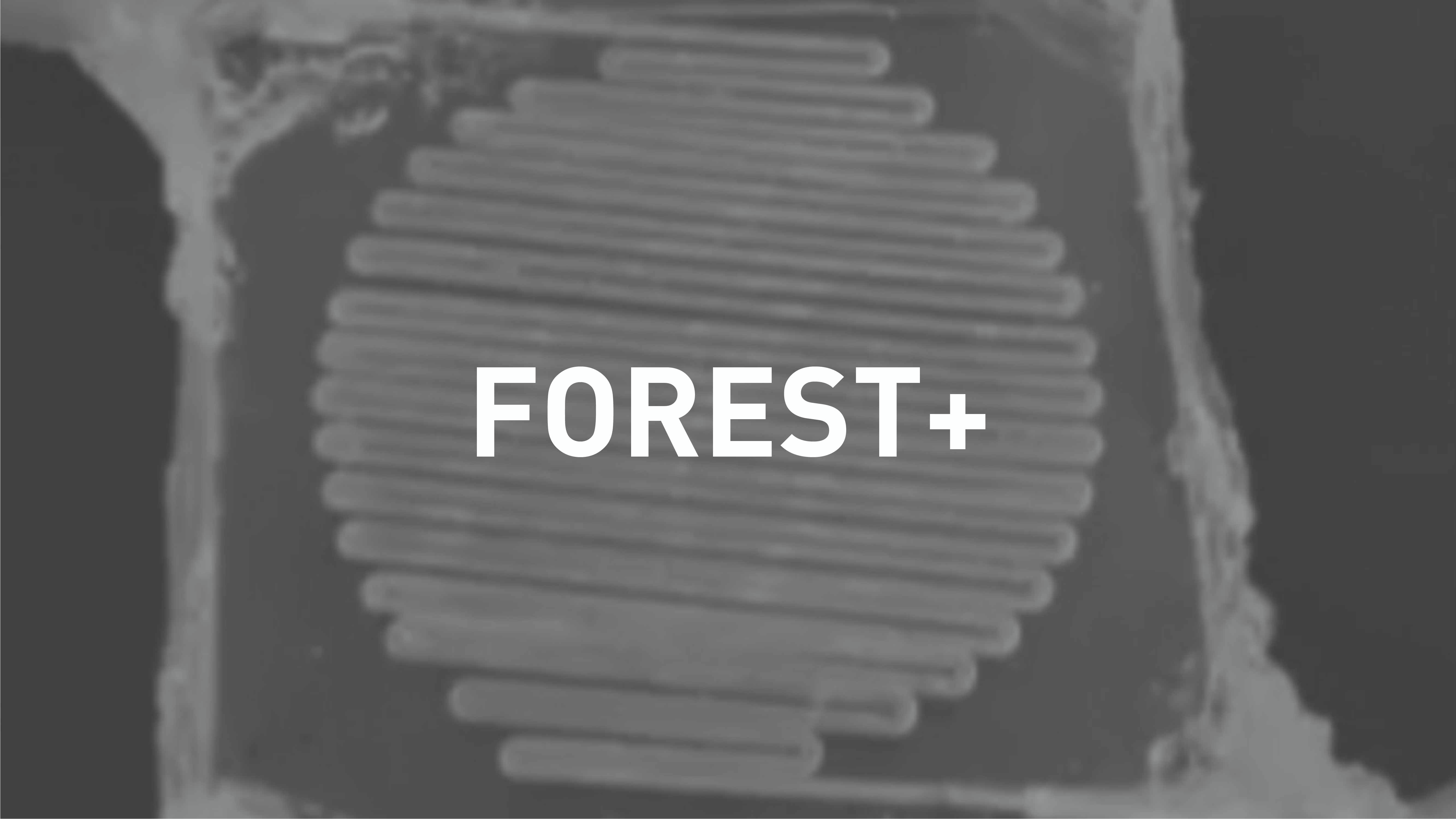NitroHealthy 2
The excessive use of nitrogen fertilisers on crops has caused the nitrogen (N) input to surpass crop demand for it, leading to nitrogen enrichment of the soil, mainly in nitrate form. That results in a nutritional imbalance in the soil that promotes N loss and influences the internal nitrate content of crops, especially leafy vegetable species. Vegetables accumulate large amounts of that anion in their leaves and they are the primary source for ingesting nitrates in the human diet. The potential health risk associated with nitrate ingestion has led European Union member states to regulate the limits for nitrate content in vegetables. Nevertheless, despite the advances made in agricultural best-practices and their strict application to reduce the presence of nitrate in leafy vegetables (lettuce and spinach) in certain regions of the European Union it is not possible to permanently achieve nitrate content lower than the current maximum limits. Consequently, the primary goal of this project is to find alternative nitrogen fertilisers for vegetable crops that are not nitric, because it is a key step for lowering nitrate consumption in the human diet.




